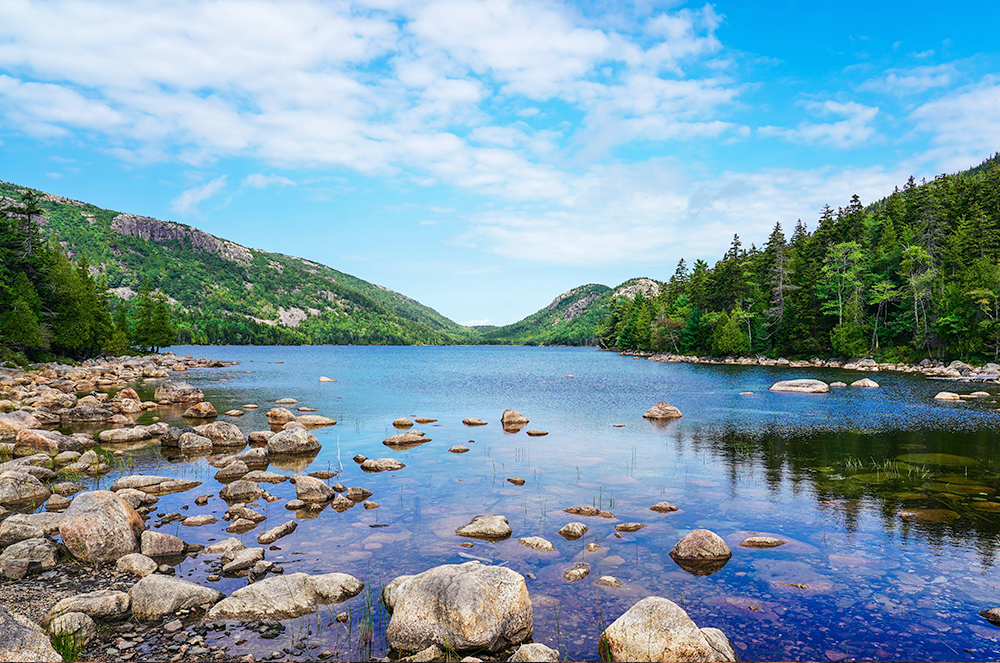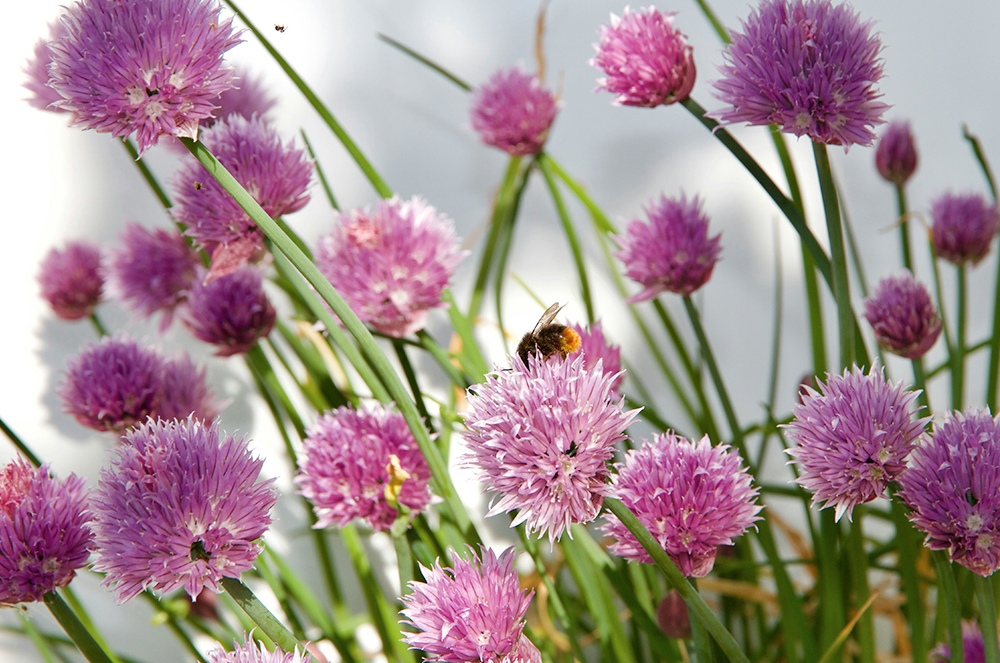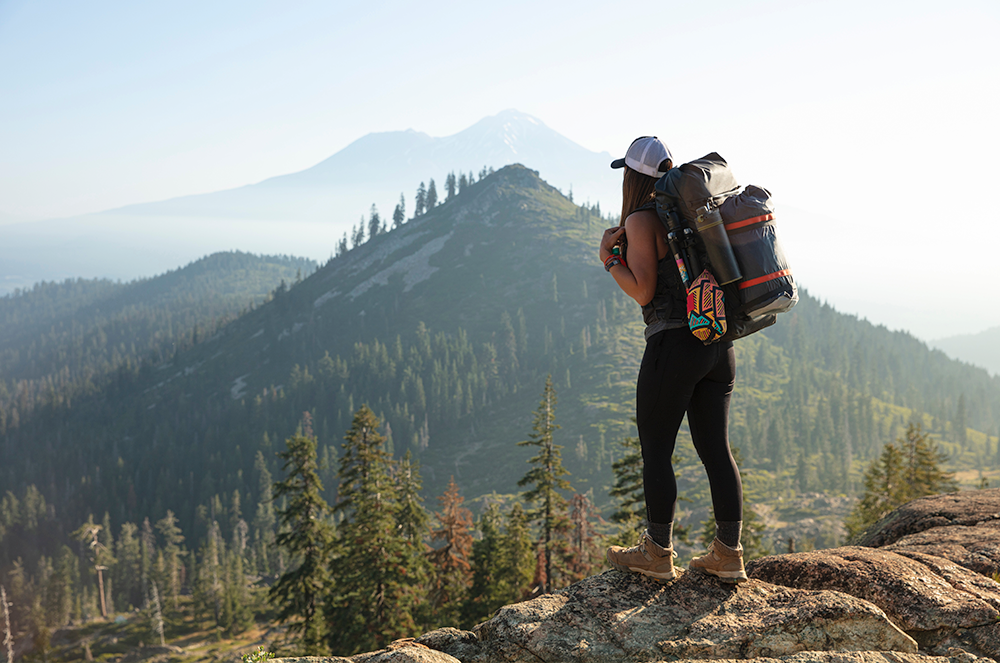Wilderness Survival Skills: How to Stay Safe and Alive in the Great Outdoors
Wilderness survival skills are absolutely essential for anyone who ventures into the great outdoors. In fact, it's not just important, it's critical, as knowing how to find water, identify edible plants and animals, and build a shelter can mean the difference between life and death in a survival situation.
Having the right gear can make all the difference when it comes to wilderness survival. That's why we recommend the MIER line of hiking gear. With its high-quality materials and durable design, you can trust MIER to keep you safe and comfortable on all your outdoor adventures.

How to find water in the wilderness?
When it comes to wilderness survival, one of the most important skills to have is knowing how to find water. Without water, you won't last long in the great outdoors. Here are some tips on how to find water in the wilderness:
- Look for sources of water: Streams, rivers, and lakes are obvious sources of water. If you're in an area where there is no visible source of water, look for signs of water such as green vegetation or damp soil.
- Collect rainwater: If it's raining, you can collect rainwater using a tarp or other container. Place the container in an open area and let the rainwater collect in it.
- Dig for groundwater: If there is no visible source of water, you can dig a hole in the ground and wait for it to fill with groundwater. This may take some time, but it's worth the effort.
- Follow wildlife: Animals need water just as much as humans do, so if you see animals in the area, there's a good chance that there is water nearby.
- Use a water filter: If you have a water filter, you can use it to purify water from a questionable source such as a stagnant pond or puddle.
Remember, water is essential for survival, so it's important to know how to find it in the wilderness. By following these tips, you can increase your chances of staying hydrated and surviving in even the toughest of situations.

How to identify edible plants and animals
Identifying edible plants and animals is a necessary skill for anyone who spends time in the wilderness. Knowing what you can and can't eat can mean the difference between life and death in a survival situation. Here are some tips for identifying edible plants and animals:
Edible Plants
- Know what to look for: Before heading out into the wilderness, familiarize yourself with the types of edible plants that grow in the area. A field guide can be helpful for this.
- Look for plants with identifiable features: Many edible plants have unique features that make them easy to identify. For example, dandelions have bright yellow flowers and cattails have distinctive cigar-shaped heads.
- Test plants before eating: Some plants can make you sick if eaten raw or in large quantities. To test a plant, rub a small piece on your skin and wait for a few hours to see if you have a reaction. If there is no reaction, try a small piece and wait a few more hours. If there is still no reaction, the plant is likely safe to eat.
- Avoid plants with milky sap: Plants with milky sap, such as milkweed, are often toxic and should be avoided.

Edible Animals
- Know what animals are safe to eat: Some animals are poisonous or may carry diseases that can make you sick. Research which animals are safe to eat in the area.
- Look for signs of disease: Before eating an animal, inspect it for signs of disease such as unusual lumps or bumps.
- Cook meat thoroughly: Cooking meat thoroughly can kill any bacteria or parasites that may be present.
Remember, it's always better to err on the side of caution when it comes to identifying edible plants and animals. If you're not sure if something is safe to eat, it's better to avoid it. By following these tips, you can increase your chances of staying fed and healthy in the wilderness.

How to build a shelter?
Building a shelter is a crucial skill for anyone who spends time in the wilderness. It provides protection from the elements and a safe place to rest and sleep. Here are some tips on how to build a shelter in the wilderness:
- Choose a location: Look for a location that is dry and protected from the wind. Avoid areas that are prone to flooding or landslides.
- Gather materials: Collect materials such as branches, leaves, and grass to use in your shelter. If you have a tarp or other waterproof material, you can use that as well.
- Decide on a design: There are many different types of shelters you can build, from a simple lean-to to a more elaborate debris hut. Choose a design that suits your needs and the materials you have available.
- Build the frame: Start by building the frame of your shelter. Use long branches or poles to create the main structure.
- Add insulation: Once you have the frame in place, add insulation such as leaves or grass to the walls and roof of your shelter.
- Cover the shelter: Finally, cover the shelter with a waterproof material such as a tarp or additional branches and leaves to keep the rain out.

If you're planning on spending the night in the great outdoors, the MIER Ultralight Backpacking Tent Line is the perfect shelter. They are made from waterproof materials and designed to withstand even the toughest of conditions. And with its lightweight design, it's easy to pack and carry with you on all your adventures.
Remember, the key to building a successful shelter is to keep it simple and use the materials you have available. By following these tips, you can create a safe and comfortable shelter that will keep you protected in even the toughest of situations.

In summary, having a basic understanding of wilderness survival skills is not only important but also life-saving in an emergency situation. By knowing how to find water, identify edible plants and animals, and build a shelter, you can increase your chances of surviving in the great outdoors. Remember, the key to survival is preparation, and with the right skills and knowledge, you can stay safe and alive in even the toughest of situations.



